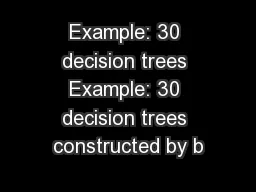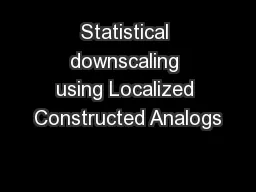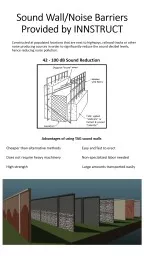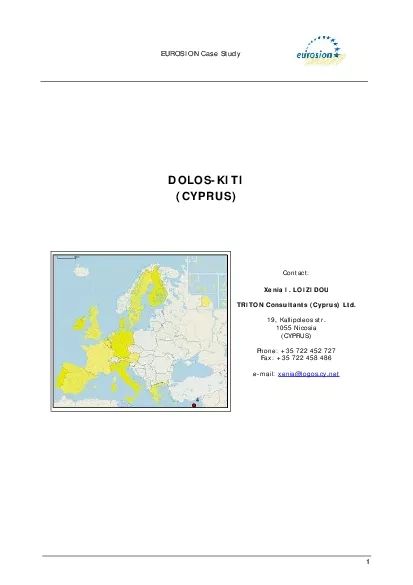PDF-Example: 30 decision trees Example: 30 decision trees constructed by b
Author : marina-yarberry | Published Date : 2016-05-20
Classify as positive if K out of 30 trees Classify as positive if K out of 30 trees predict positive Vary Kpredict positive Vary K Generating ROC CurvesGenerating
Presentation Embed Code
Download Presentation
Download Presentation The PPT/PDF document "Example: 30 decision trees Example: 30 d..." is the property of its rightful owner. Permission is granted to download and print the materials on this website for personal, non-commercial use only, and to display it on your personal computer provided you do not modify the materials and that you retain all copyright notices contained in the materials. By downloading content from our website, you accept the terms of this agreement.
Example: 30 decision trees Example: 30 decision trees constructed by b: Transcript
Download Rules Of Document
"Example: 30 decision trees Example: 30 decision trees constructed by b"The content belongs to its owner. You may download and print it for personal use, without modification, and keep all copyright notices. By downloading, you agree to these terms.
Related Documents














